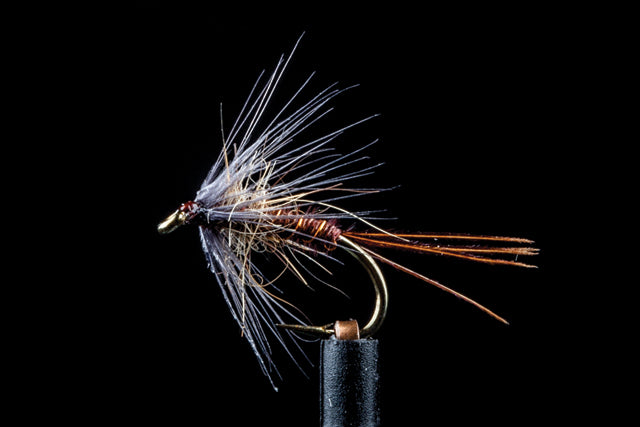Targeting Autumn Mayfly Munchers

When the season changes with daylight savings done and dusted, the cooler temps set in. This is especially the case in the mornings and evenings, with some beautiful settled days. However, sometimes the conditions to be challenging. The days are shorter, the sun angle lower and the shade dominant, this makes for tougher spotting conditions. That said, most of the trout where actively feeding sipping away at the surface which made the fish easy to identify even in the shaded waters.
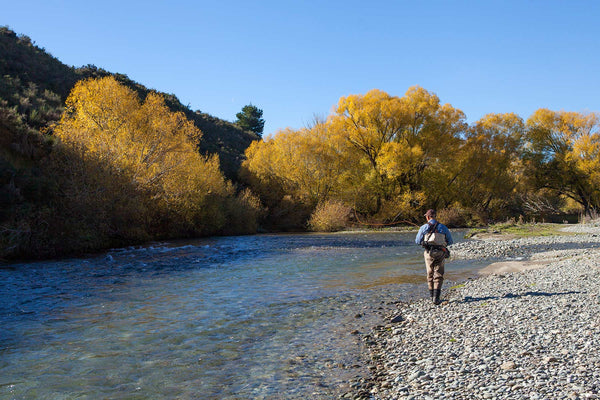
April and May are a great months of the year for mayfly hatches. I feel this is due to the favourable temperatures and conditions along with the timing of their life cycle. Fishing this time of year can be very rewarding, although a little colder, but with a simple adjustment in clothing you are good to go.
This is a great time of year to fish! Trout are in excellent condition right now and have had many months of feeding behind them as they prepare for spawning.

In my experience hatches can be prolific, sporadic, or not happening at all. However, it pays to have all the bases covered when it comes to having the right tools for the job. During a hatch trout can be found actively feeding and are very receptive to the fly which makes for easy fishing. On the other side of the coin, trout that hold in the smooth slow-moving water can be tricky to tempt. A leader and fly landing heavily on water will often see them spooked. This is where a tactful, subtle approach will combat this along with a delicate presentation.

I have listed the following flies which will enable you to effectively represent the different stages of the mayfly hatching as well as my recommended accompanying equipment.
Let’s kick off with the life cycle of flies starting on top of the surface and making their way down into the water column.
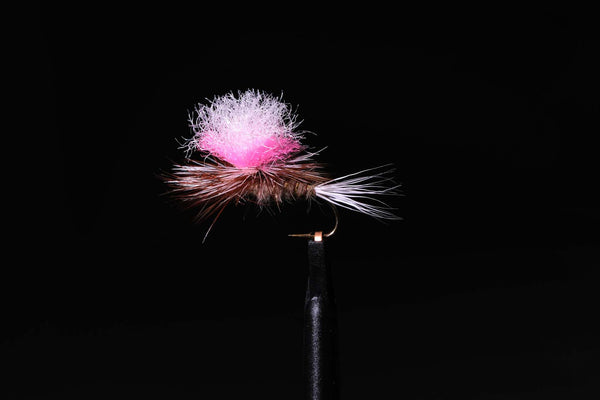
Guide Chute from the Manic Fly Collection
This represents a mayfly on the wing that has landed on the water. It leaves a great footprint on the water as well as being buoyant and visible via its post. This can be used as an indicator fly and will support a weighted nymph.
Quill Klink- Emerger from the Manic Fly Collection
This represents an emerging mayfly that is suspended in the surface film before it takes to the wing. The body hangs below the surface and is suspended via the parachute hackle while the hi vis post makes for easy detection.
Soft Hackle PT #16 - Subsurface from the Manic Fly Collection
On the occasions where fish will not eat your other offerings a subtle unweighted nymph is often a game changer. This Soft Hackle PT fishes a little below the surface and will just about always get a take. This fishes well under the Guide Chute dry or on its own.
What to do when the fish is holding deeper and not focused in the film, or on the surface but is actively feeding?
Kyle's Deletidium - Subsurface from the Manic Fly Collection
Slim profile, mayfly detail and colouring. This tungsten beaded nymph will get you down further into the water column.


Leader System - Trout Hunter 10ft 4X 6lb & Trout Hunter Evo 4.5x 5.8lb
The 10ft Trouthunter tapered leader is a versatile leader with slightly stiffer material for better turn over. This is finished off with a section of Trouthunter Evo nylon which is a supple low diameter tippet that makes for great presentations.
Tippet Degreaser - Loon Snake River Mud
When the sun is shining this will take away the sheen from your tippet. Rubbing this on makes the tippet less visible on the surface. Perfect for the smooth water scenarios where fishing small flies with a delicate presentation is needed. This a must have piece of equipment for your arsenal.
Floatant - Loon Lochsa
Lochsa is an all round performance floatant, perfect on CDC feathers.
Indicator - Loon Bio Strike
This is a hi viz floating putty. Small emerger and dry fly patterns can be hard to see at the best of times, especially in glary or shaded water. By adding a small cigar shape of putty to your tippet or leader this enables you to reference where the fly is and how it is tracking.
Indicator - NZ Strike Indicator
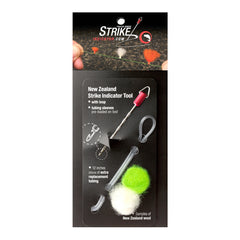
This innovative and patented tool system will allow you to easily make and remove strike indicators. In less than 10 seconds you can be fishing. You can adjust the depth of your nymph. If the fish start rising you can remove the indicator within a couple seconds.
Fly Rod - Scott G Series 8’8 #5 4pce
The Scott G Series of rods are the perfect choice because of its medium action and smooth power. This style of rod presents a fly delicately and easily. It also makes a beautiful fish fighting tool with plenty of flex and cushion that will protect the lightest of tippets breaking from any sudden burst that trout can make during the fight.
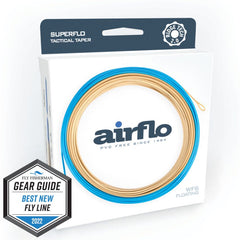
Fly Line - Airflo Ridge 2.0 Tactical Taper WF5F
Some fish are afraid of their own shadow. Others have seen every fly known to man. So when you're up against the absolute pickiest of eaters, it's time to get technical. The Airflo SuperFlo Ridge 2.0 Tactical Taper is a precision line that casts well on any action rod.
Well I hope this has given you a little insight into this topic and that you can take away this simple fly formula in order to fish the different stages of the mayfly hatching. Winter is just around the corner, but for now, it’s mayfly time!
About the Author
Based in the hub of the Naki Hardcore, Kyle is the Manic Tackle account manager for the lower north and upper south...and well, where ever he's need. Kyle is a singlehand spey whiz having recently taken over the mantle of “The Tongariro Roll Cast Guy” for NZ, so if you bump into him on the river make sure to get a quick demonstration, it’ll blow your mind.


